.
.
When it comes to brushes, there's none other than Loew Cornell. And for this very reason, Scrap-n-Crop.com is delighted to bring you an array of Loew Cornell brushes.
.
It's simply amazing, regardless of whether you are an acclaimed artist or a novice dabling and dabbing strokes of paint on your very own creation.
Read the tips below on how to chose the right brush for yourself ... oh no, relax, it's not rocket science, but its rather fascinating and why not know what would suit you best?
.
.
- - - - - - - - - - - - - - - - - - - - - - - - - - - - - - - - - - - - - - - - - - - - - - - - - - - -
DID YOU KNOW? Some useful Tips on Choosing Your Brushes
- - - - - - - - - - - - - - - - - - - - - - - - - - - - - - - - - - - - - - - - - - - - - - - - - - - -
Choosing a brush is largely a matter of personal preference, but each type of hair or bristle has its own unique characteristics. Some of the more popular types of hair used in artist brushes include:
Natural Soft Hair
Kolinsky
Finest red sable. Finely pointed hair with superb spring, strength, and absorbency. Ideal for watercolor.
Red Sable
Any red hair from the weasel family. Many different grades are available on the market. Ideally they hold a fine point with good spring and absorbency. Well suited to watercolor and blending in oils.
Ox
Lacks the fine tip of red sable, but is a strong, silken hair often used in moderately-priced brushes.
Goat
A relatively inexpensive hair. Possesses good absorbency with a soft, wiry feel.
Camel
An all-encompassing term for brushes made from a variety of hairs, none of which are camel. They may include ox, goat, squirrel, or pony hair.
Natural Bristle
Coarse, strong hair that ideally has a natural curve and flagged tips. Well suited to work with heavier mediums like oil, acrylics and tempera. White bristle comes in many grades. Black bristle is a stiffer, economically-priced fiber.
Synthetic Hair
Manufactured polyester filaments of various thicknesses, each tapering to a fine point. They are available white or dyed (Taklon). Although all made of polyester filaments, as with natural hair the performance characteristics of synthetic brushes can vary widely depending upon the processing of the filament, mixtures of filament thicknesses and general shaping of the brush. In general, they are suitable for all media and ideal for acrylics.
Synthetic Bristle
Stiff, coarse, tapered fibers lacking the flags and curve of natural bristle, but they are durable and suitable for work on rough surfaces. Commonly used for stencil and fabric painting brushes.
Smooth Synthetic Bristle
A relatively new fiber with a smooth finish, it is designed to be an alternative to natural bristle with superior snap & shape retention & durability in water.
- - - - - - - - - - - - - - - - - -
.
Brush Selection
When selecting the best brush (hair and shapes to be used) for a project, you will want to consider:
● the properties of your paint/media (viscosity, composition)
● the properties of your surface (texture, absorbency, firmness)
● your technique and style and the desired final effect.
- - - - - - - - - - - - - - - - - -
..
Long or Short Handle?
Short handle brushes are the choice for most craft and hobby applications when working at a table or other flat surface. A short handle is also the preferred length for watercolors. Long-handle brushes are designed for easel work so the painter can distance themselves from his/her work. The end of a nicely rounded handle can also be dipped in paint & used to make dots & other decorative marks.
Traditionally, handles are made of varnished or enamel coated wood. Today, acrylic and plastic handles are also available and may be preferred for their weight and durability in water. ‘Comfort’ handles which generally feature a thicker, contoured grip area, are another recent development.
.
.



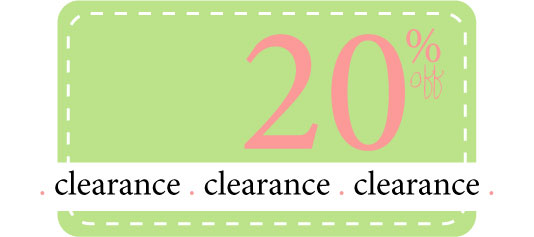
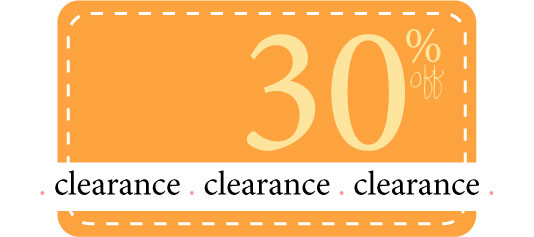
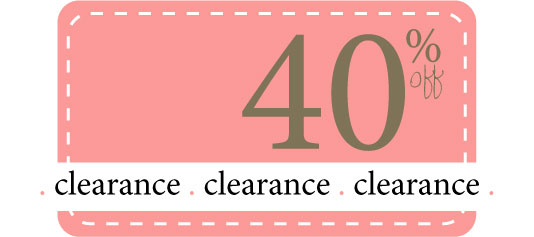
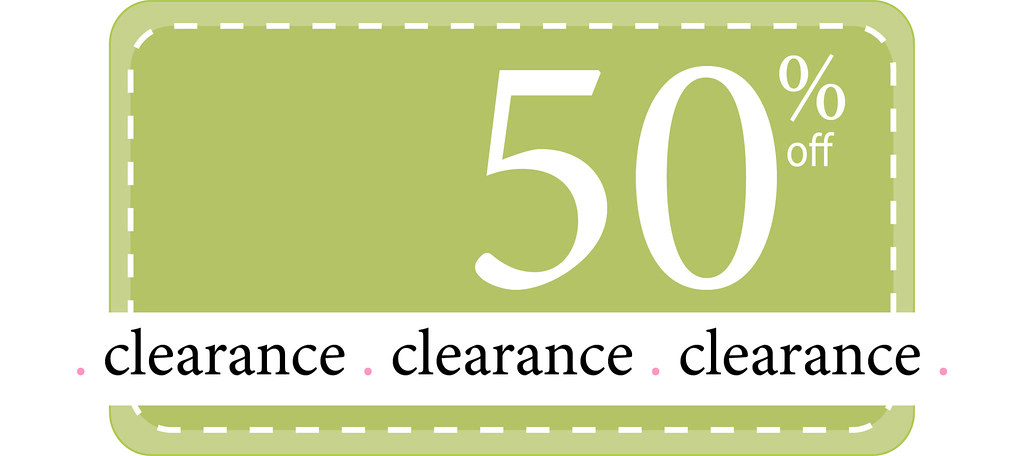















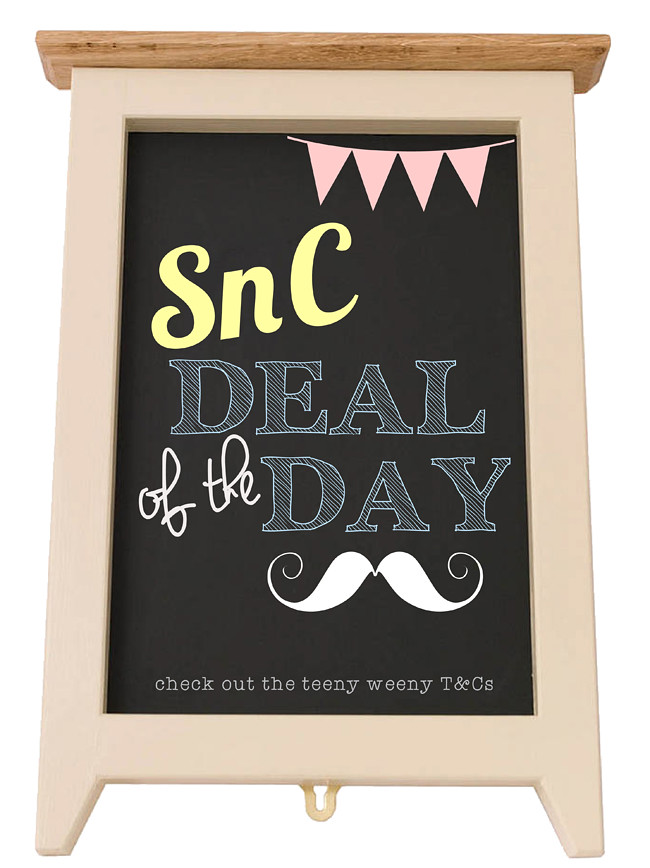
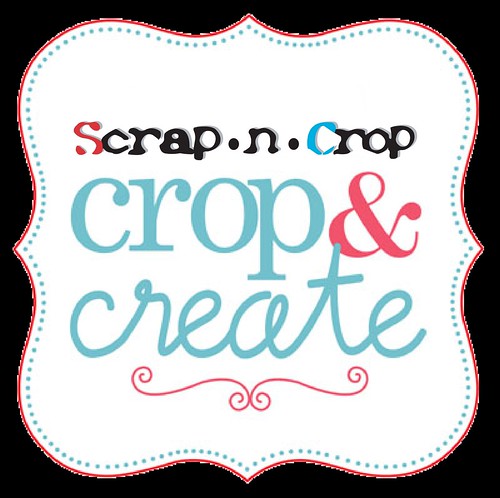









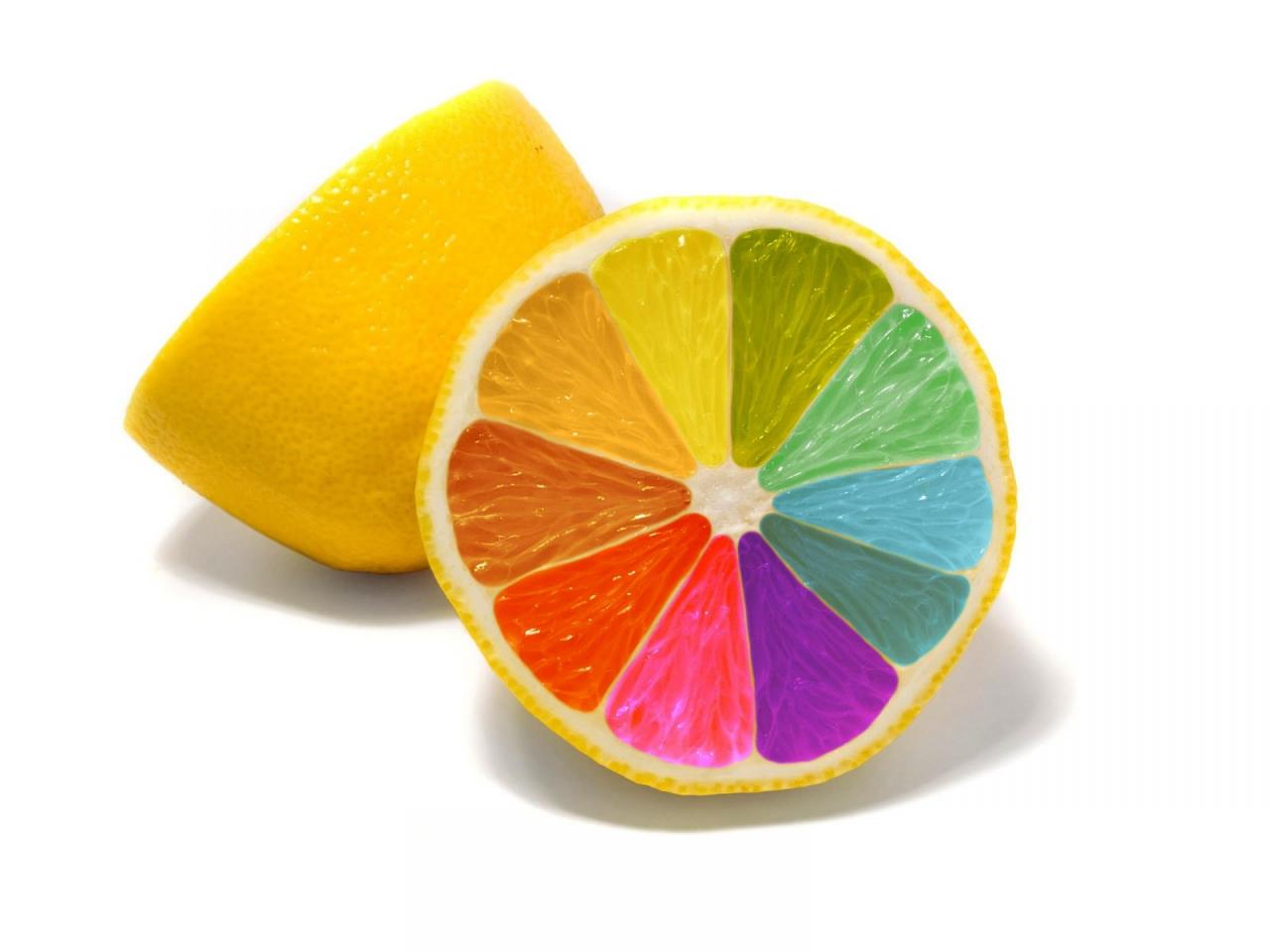

No comments:
Post a Comment